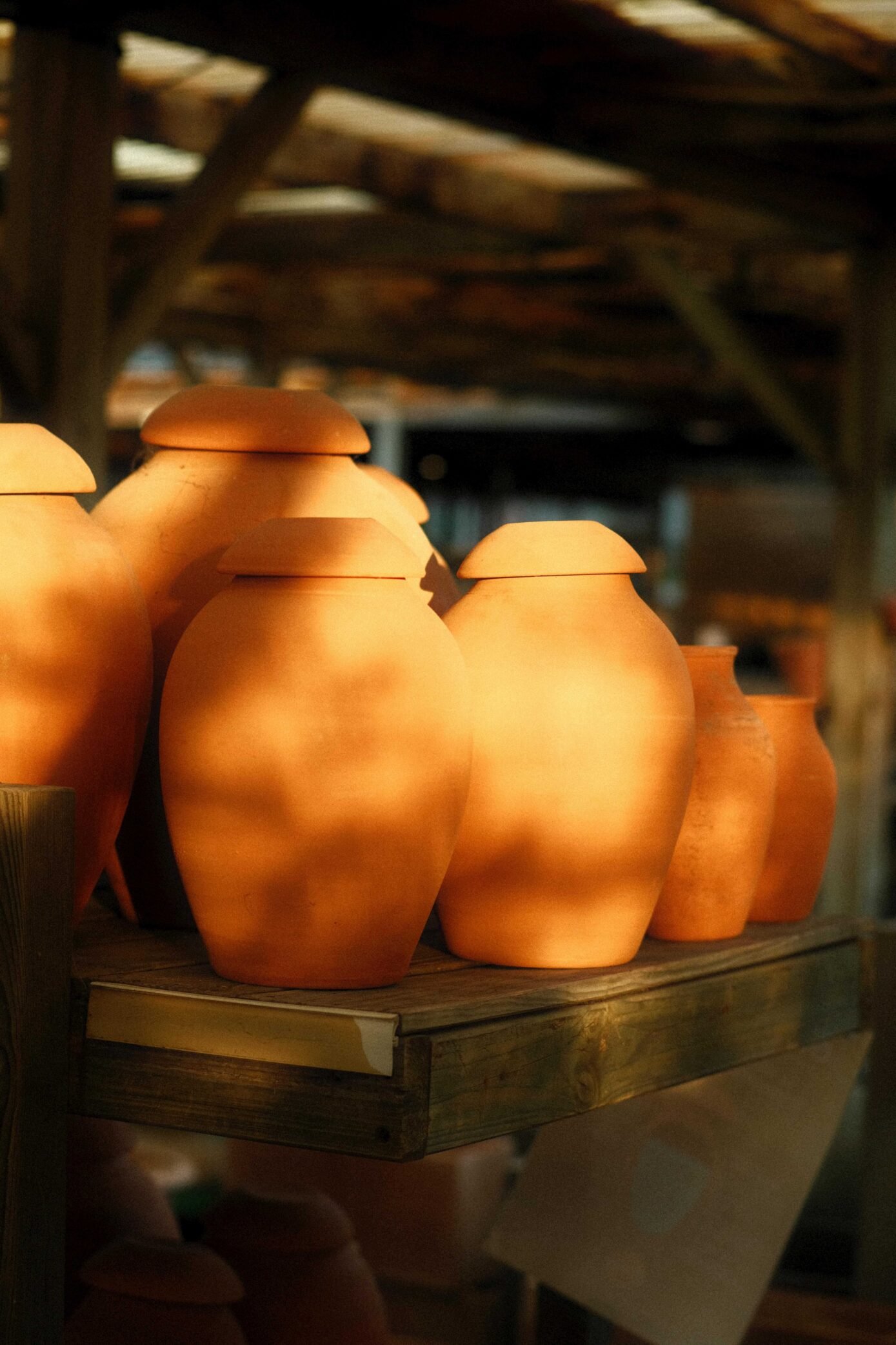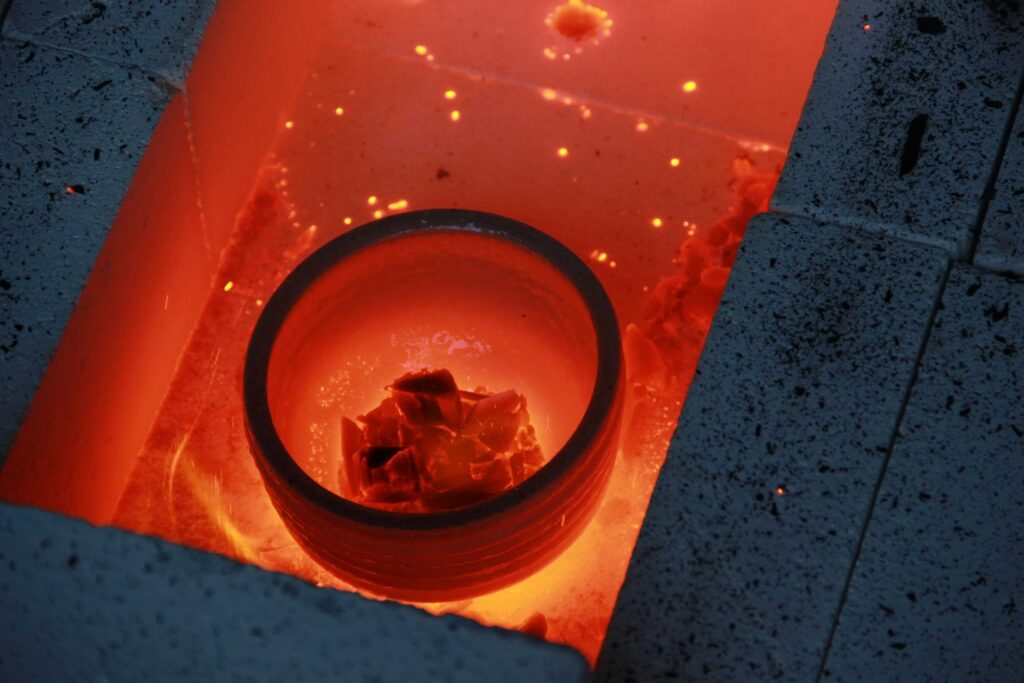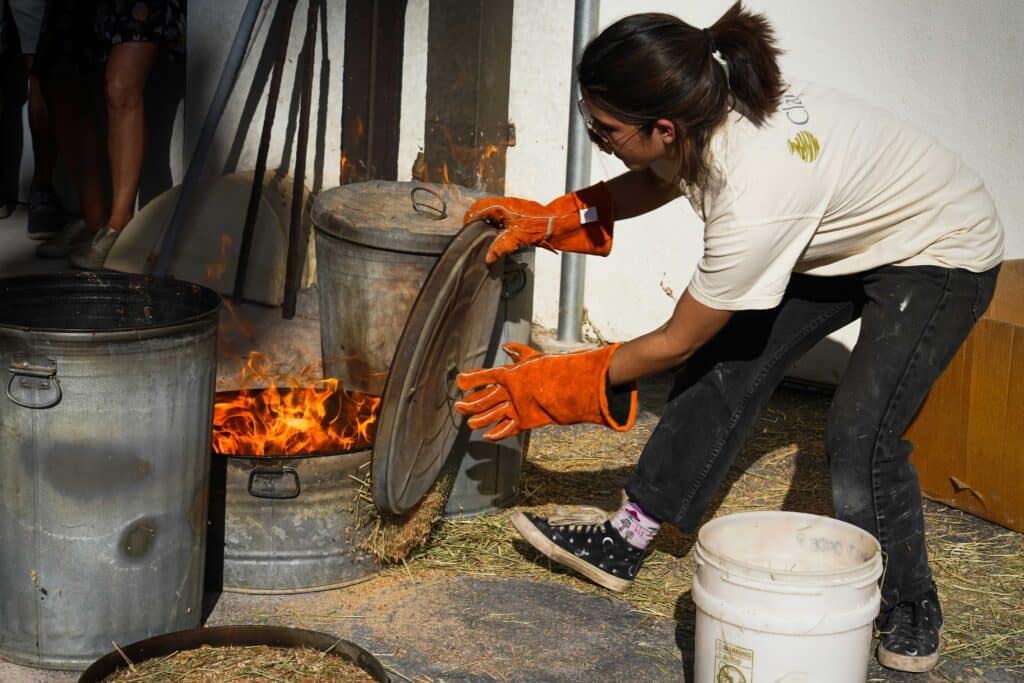Your cart is currently empty!

Do You Need a Kiln for Pottery? A Comprehensive Guide
•
Embarking on a pottery journey is an exciting endeavor for any creative—there’s lots of fun tools, clays, and glazes to pick from, and many shapes and techniques to explore. Yet, for those creating pottery at home, a significant question arises: Do you need a kiln for pottery? In this comprehensive guide, we’ll delve into this crucial question and explore the various factors to consider when deciding whether or not a kiln is essential for your pottery projects.
Understanding the Different Pottery Goals
Before diving into the decision of whether a kiln is a must-have for your pottery projects, take a moment to envision your pottery goals and dreams. Consider the kind of pottery you’re itching to create and where you see yourself in the pottery world down the road. These factors are critical in deciding if a kiln is a necessary tool on your creative journey, and we’re here to walk you through them!
Functional Ware vs. Decorative Pieces
Let’s start by thinking about the kind of pottery you’re eager to dive into. Are you dreaming of crafting functional pieces like elegant tableware or stunning vases? Or does your imagination soar towards sculptural wonders like intricately designed candlestick holders or eye-catching wall hangings?
If your heart is set on sculptural or decorative pieces, air dry clay could be your new best friend. It doesn’t need a kiln for firing, making it a convenient choice. However, if your pottery dreams lean towards functional ware, a kiln is a must. Air dry clay doesn’t undergo the vitrification process like kiln-fired clay, leaving your creations non-food-safe and not water-resistant.
Long-Term Pottery Vision
Looking ahead, it’s important to think about where you see your pottery journey taking you. Are you aiming to dive deep into the traditional art form of ceramics, mastering each step from creating to trimming to glazing? If that’s the case, kiln-fired ceramic clay is your go-to choice.
But if you’re envisioning pottery more as a delightful hobby or a creative outlet, with less focus on the technicalities of ceramics, air dry clay is a fantastic option. It’s easy to work with, requiring minimal equipment and know-how, making it perfect for those looking for a fun and straightforward pottery experience.

The Need to Own a Kiln
Let’s talk kilns. After exploring your pottery goals, it’s time to tackle the big question: Do you really need to own a kiln? While having one offers convenience, control, and the freedom to fire on your own schedule, it’s not a must-have for every pottery enthusiast out there.
Convenience and Control
When you own a kiln, you’re in the driver’s seat. No need to haul your pieces to a studio for firing—you can do it all right at home. This control over the firing process is key. You get to decide where each piece goes in the kiln, which can make a huge difference in the final outcome. Plus, it opens up a world of possibilities for achieving specific effects and results in your pottery.
Budget Considerations
Before you take the plunge and invest in a kiln, it’s crucial to consider your budget. Sure, owning a kiln can open up a world of creative possibilities, but it’s not just about the initial purchase cost. You also need to factor in ongoing expenses like electricity and maintenance.
If you’re on a tight budget or hesitant about making a long-term commitment, don’t worry—there are alternatives. Many pottery studios offer community firing services. This means you can access kiln facilities without the hefty investment of owning one yourself. Take some time to research local studios near you to explore this option further.
Space and Safety
Another factor to consider when contemplating the need for a kiln is the available space and safety considerations. Kilns need a safe and well-ventilated environment because they generate high temperatures. If you live in a small apartment or don’t have a suitable space for a kiln, owning one might not be feasible.
Safety should always be a top priority when working with kilns. Make sure you have the necessary safety measures in place, such as fire extinguishers and proper ventilation systems. If you can’t meet these requirements, consider alternative firing methods or using community kilns. Safety first, always!
Firing Without a Kiln
Although kilns are the traditional method for firing pottery, there are alternative ways to achieve the desired results without owning one. Let’s delve into two popular methods: pit firing and raku firing.
Pit Firing
Pit firing, an ancient pottery technique, offers a simple and natural process that doesn’t require a conventional kiln. Here’s how it works:
- Preparation: Dig a pit in the ground, typically around 1-3 feet deep, depending on the number of pieces to be fired.
- Loading: Place the bisque-fired (pre-fired) ceramic pieces directly on the ground or on a bed of combustible materials like sawdust, leaves, or straw.
- Adding Combustibles: Surround and cover the ceramics with more combustible materials such as wood, paper, or organic materials that will burn and generate heat.
- Ignition: Ignite the combustibles, allowing the fire to burn and heat the ceramics through the surrounding hot ash.
- Cooling: After the fire has burned down, leave the ceramics to cool slowly in the pit, which can take several hours or even overnight.
- Uncovering: Once cooled, uncover the ceramics and remove them from the pit. The firing process creates unique patterns and colors influenced by the materials used and the resulting smoke.
Pit firing is all about embracing the unpredictable—it’s perfect for creating one-of-a-kind decorative pieces. While it’s not ideal for functional ware due to lower temperatures, the process offers a creative and organic approach to pottery.

Raku Firing
Raku firing, born in Japan and modified by Western potters, is like a fiery dance that adds a touch of drama to your pottery! Here’s how it works:
- Preparation: Bisque-fired ceramic pieces are glazed with specially formulated raku glazes that often contain metallic oxides.
- Firing: Place the glazed pieces in a raku kiln, usually a small and portable kiln that can be heated rapidly. Heat the kiln to around 1800°F (about 1000°C) until the glazes melt and mature.
- Reduction: Quickly remove the glowing hot pieces from the kiln using tongs and place them in a reduction chamber, typically a metal can or barrel filled with combustible materials like sawdust, leaves, or newspaper.
- Cooling: The combustion in the reduction chamber creates a smoky, oxygen-deprived atmosphere that affects the glazes and clay body, resulting in unique colors and patterns. After a few minutes, remove the pieces from the chamber and cool them in water or let them cool in the air.
Raku firing is all about the drama, with its metallic and crackle glaze effects and the contrast of blackened unglazed areas. While raku-fired ceramics are primarily decorative, they’re sure to steal the show with their stunning visual appeal.
Final Thoughts
Whether you need a kiln for pottery hinges on a variety of factors—your pottery goals, long-term vision, convenience, budget, space, and safety considerations all play a role. If you’re aiming for functional ware and a deep dive into ceramics, owning a kiln can be a game-changer. On the flip side, if you’re leaning towards sculptural or decorative pieces, or simply want to dabble in pottery as a hobby, options like air dry clay, pit firing, or raku firing can open up a world of creative possibilities.
Each pottery approach has its own unique appeal, offering different avenues for artistic expression. Whether you opt for a kiln or explore alternative firing methods, the key is to enjoy the journey and revel in creating pottery pieces that truly reflect your artistic vision!

Leave a Reply